Description
Caring for your Sansevieria Trifasciata
Sansevieria trifasciata requires very little care to survive. This hardy plant can tolerate drought, low humidity, and even neglect for months at a time. However, proper drainage is essential, especially if the plant is placed in a saucer or other container that retains water.
Light
In their native habitat, they receive varying degrees of sunlight. Still, as they are popular as indoor plants, full sunlight may be too much for them to handle year-round.
Sansevieria trifasciata can tolerate low levels of light, but it does best in bright indirect sunlight. If placed in a window that receives morning or afternoon sun, the leaves may burn. If you are growing indoors, try to locate it near a window with very little direct sunlight.
Water
Like most succulents, snake plants requires little watering. Watering can be increased during the summer months when it is growing actively. During the winter months, water your Sansevieria less frequently or not at all.
Soil
Sansevieria trifasciata is native to rocky areas of tropical Africa, which have loose, well-drained soil that does not retain water. Although you can use almost any soil for this plant, it will not tolerate soggy soils or being planted in pots that do not drain well.
Fertilizer
Sansevieria require very little fertilizing as they are not heavy feeders. It is recommended that you occasionally use fertilizer during the summer growing season to maintain blooms and healthy foliage, but it is unnecessary.
Suppose you are growing sansevieria in potting soil purchased at a garden center or plant nursery. In that case, there is no need to use fertilizer. However, suppose you are using organic compost to fill your pot. In that case, you may need to add an organic fertilizer every 6-8 weeks during the summer months. Do not use chemical fertilizers, or you will risk burning your plant’s leaves.
Pests, Disease, and Common Issues
Sansevieria trifasciata is prone to few issues that may affect its health or its growth. Snails and slugs are attracted to the succulent flesh of the plant. They can be controlled with a solution of soap and water or simply hand-picking them off the plant.
Aphids and mealybugs are also attracted to this plant due to its succulent leaves. To control them, use an insecticidal soap spray or dust made from neem. Both are natural pesticides that are effective against most pests without risking damage to your plants.
The most common affliction of sansevierias is overwatering. These plants can go months without water, and too much will leave their roots soggy and prone to rotting.
Pruning
Sansevieria has visually attractive foliage, and many collectors enjoy it for its colorful appearance. However, its leaves will not grow back once they have been trimmed. Therefore, it is unnecessary to prune this plant, but it may be pruned for aesthetic reasons if a leaf burns or dies.
Propagating
Sansevieria can be propagated by dividing clumps of upright stems that have developed into individual plants or from leaf cuttings taken in spring or summer. The easiest way to divide a clump is to use a very sharp knife and slice it off at ground level. Next, use pieces with four or five upright stems each and pot them up individually.
Potting / Repotting
For Sansevierias repotting is recommended every 2-3 years to avoid crowded roots and provide enough space for the roots to grow and create new healthy tissue. Take a large pot with holes in the bottom and fill it with your favorite potting soil mix to repot Sansevieria.

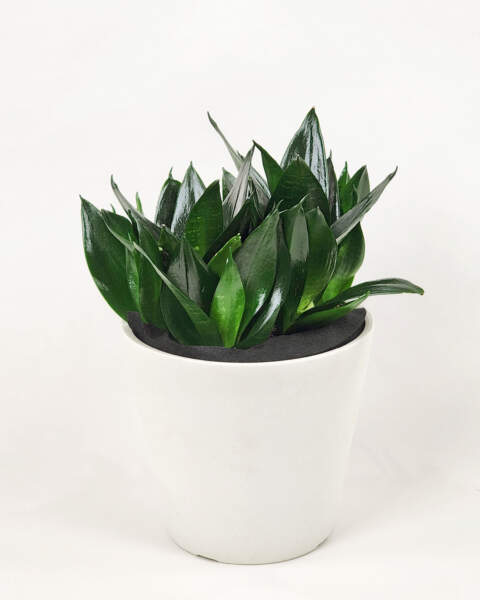
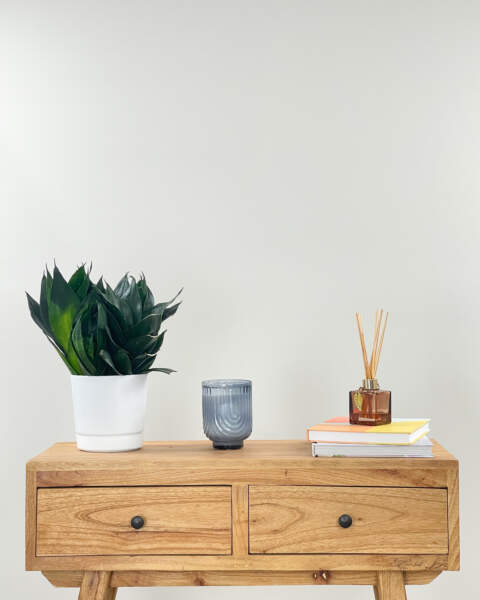
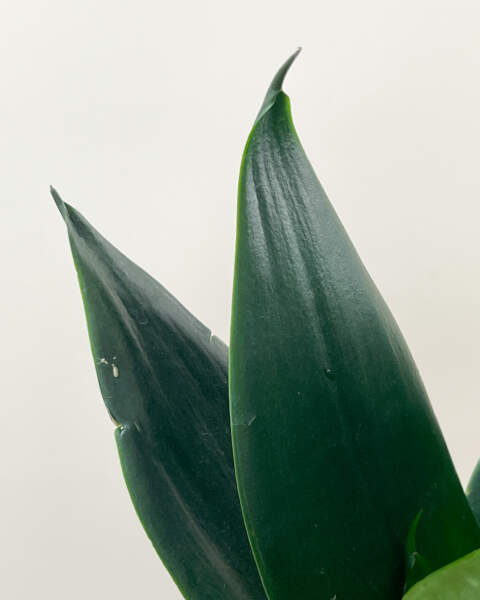
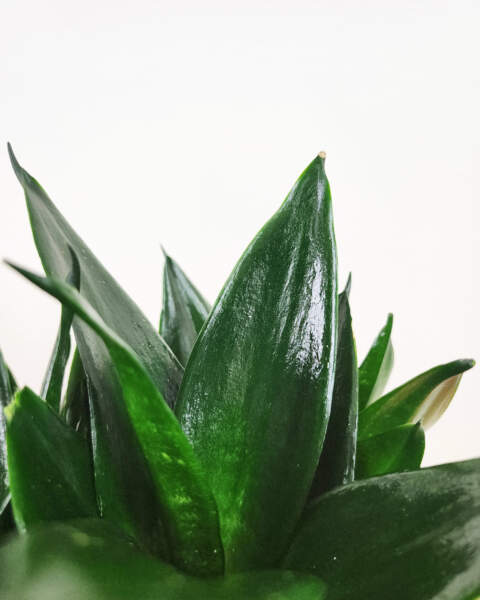






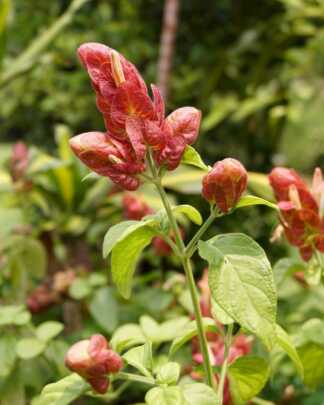

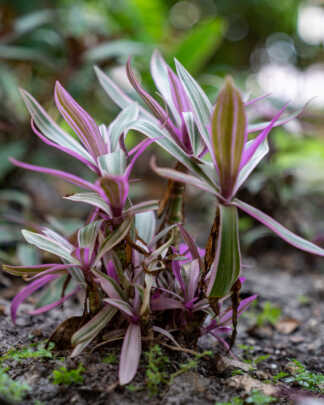




Drucilla R. (verified owner) –
Had this plant many times but this is the only one I had this big one of my favorite plant can’t wait to put in its new pot very pleased it got lots of pups
Anonymous (verified owner) –
Matthew K. (verified owner) –
Jeffrey (verified owner) –
Elizabeth C. (verified owner) –
Nice big and healthy snake plant. Packaged well. Really liked the service of sending pictures of plant before shipping.
Anonymous (verified owner) –
Tunsa (verified owner) –
Very happy. She came with a lil baby😊😊
Mabel d. (verified owner) –
Beatrice E. (verified owner) –
The plants that were delivered were packaged GREAT!!! the plans look absolutely beautiful and healthy. They are labeled by name. I will definitely be ordering from this site again, unless they don’t support Black Lives Matter.
Burns Forsythe (verified owner) –